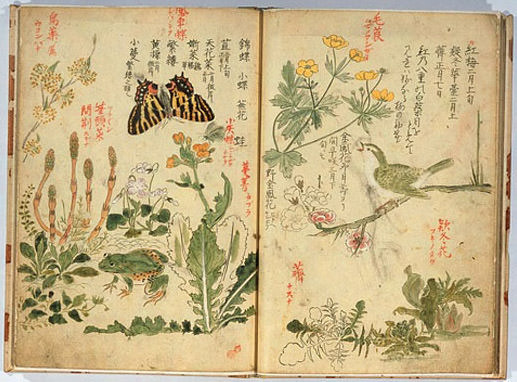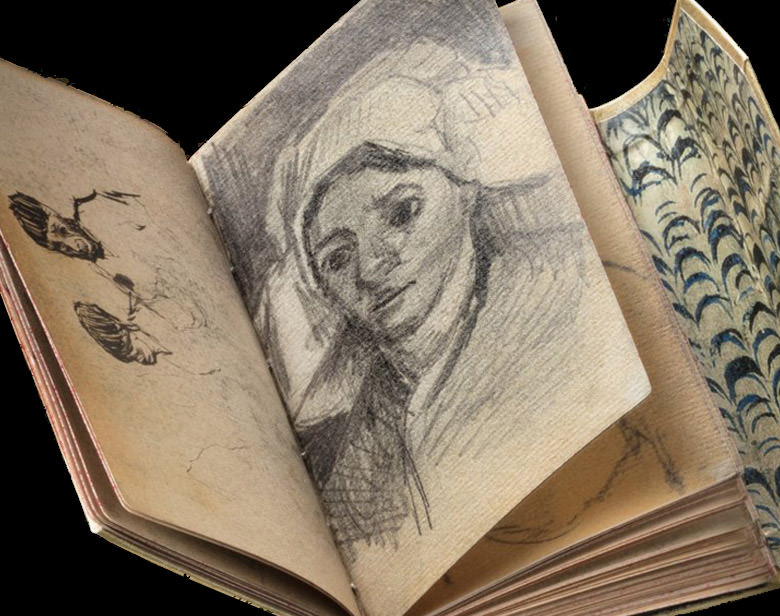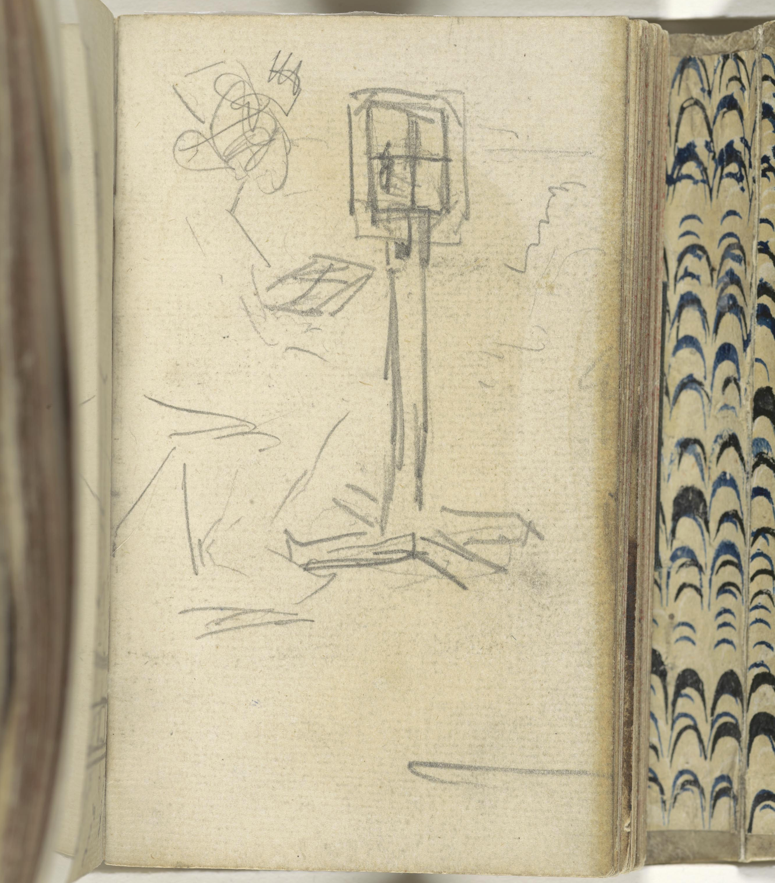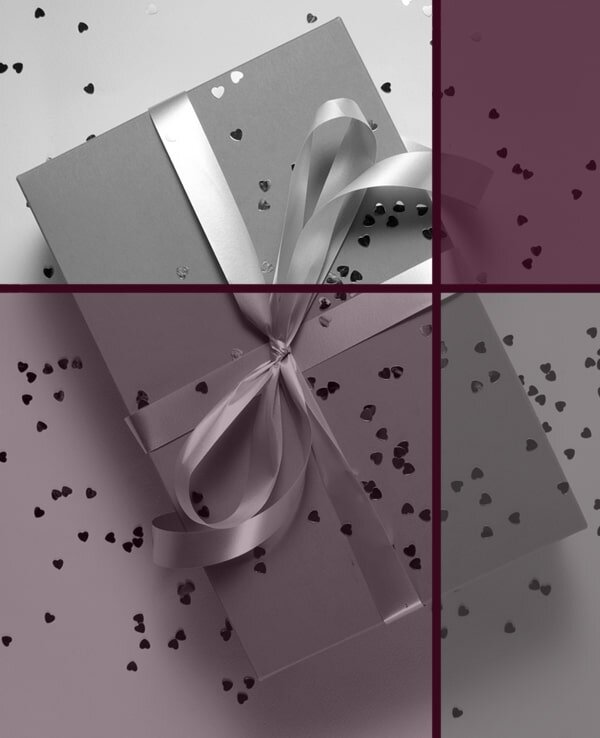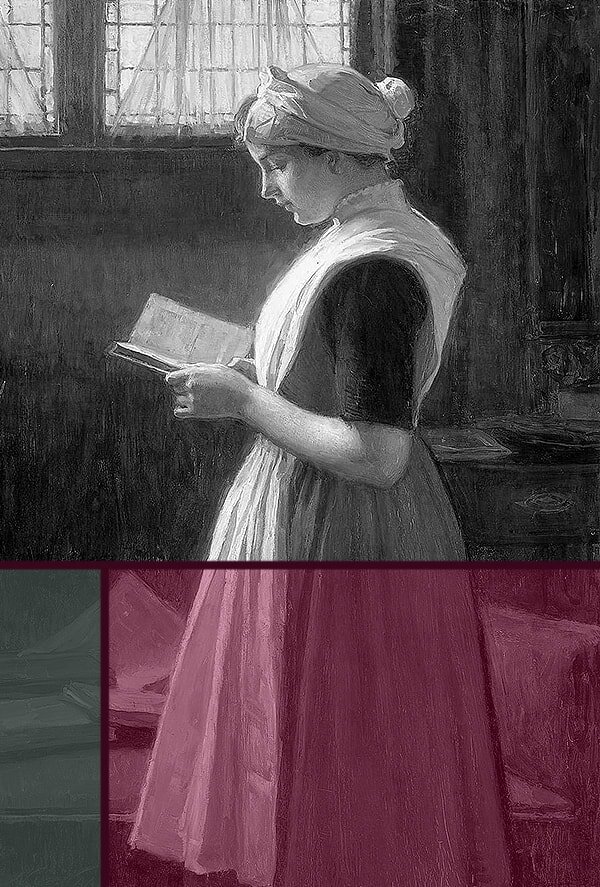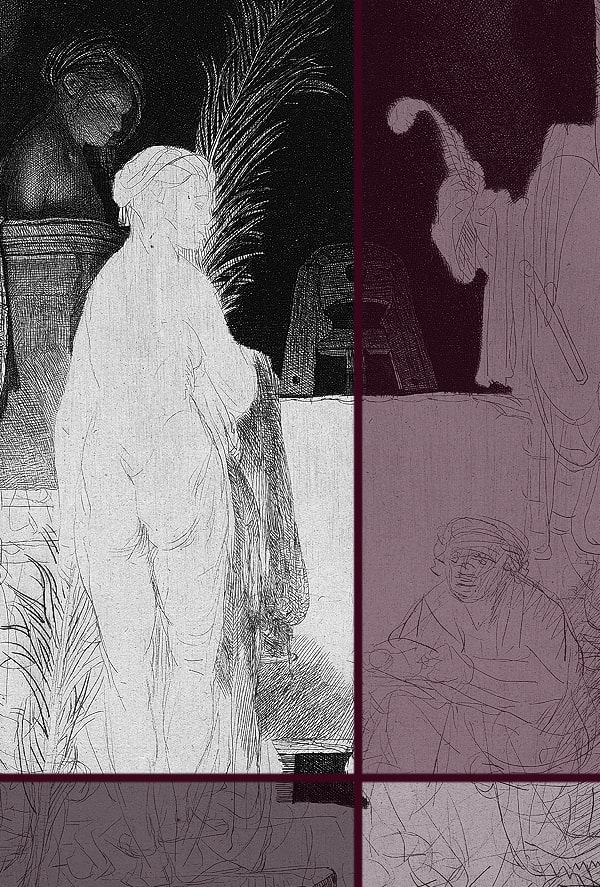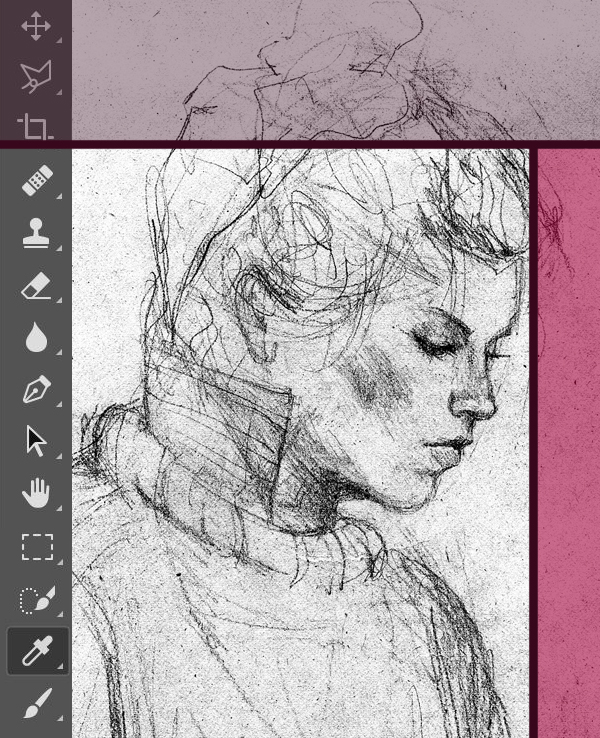Sketchbooks: Your most valuable Utensil for the Arts
Sketchbooks have been with us, in one form or another, for thousands of years.
Through the centuries they have been used by artists, inventors and scientists alike, whether they were made from leather, cardboard or just a collection of stray papers.
What counts as a sketchbook?
Does it have to be a book, specifically? Or does a folder count? And if so, what about scrolls, loose paper, papyrus?
No two people will have the same exact idea of what a sketchbook is. The only common consensus seems to be that it ought to be portable (and I’m not even too convinced of this restriction).
It’s often difficult to distinguish between sketchbook, notebook and journal, but for the purpose of this article we’ll count everything that has more than a handful of drawings in it.
I'm sure each of you have their own little picture in mind. Many will think of leather-bound journals that artistically inclined travellers used to take with them on their journeys.
Little collections of memories that would be unwrapped while crouching on a boulder of some ancient ruin in the Amazons, sketching the daily routines of a native tribe to record their “peculiar” habits and the strange painted marks on their skin.
Is this what you think of when you hear the term ‘sketchbook’? That’s okay, it’s totally what I picture, as well.
For others a sketchbook might represent the little black book with the cardboard binding they usually see on art students with their high, messy buns and oversized jumpers.
They would sit on benches of galleries and museums sketching the white marble sculptures of Greek gods.
You might envision that little black book to be a little patterned book instead, with pictures on the cover, like fruit or flowers, or a funny slogan perhaps.
It's commonly found in schoolbags or neatly placed on a writing desk, amongst a collection of gel pens and patterned tape and it is used for all manner of things, from cute doodles to elaborately designed scripts.
No two people will have the same exact idea of what a sketchbook is.
And you're all correct, of course. A sketchbook can be any of these. It can be a diary, to record daily happenings, interesting sights, one’s surroundings and thoughts. Especially before globalisation and the Internet a well-kept travel journal must have been quite the diversion back home.
Or it can be used as a workbook instead, to collect information needed to create a new piece of art. Painters and sculptors use it to study objects and to make drafts for more elaborate works.
And sometimes a sketchbook is kept simply as a diversion. Not to record anything or work out an artistic masterpiece, just to doodle in to relax the mind. It can be quite soothing to sit at one’s desk and play with pretty colours for no reason other than the heck of it.
Most often, at least historically, a sketchbook was, in fact, a combination of all of these.
Some famous sketchbooks
You cannot write a post about sketchbooks without mentioning some of the most famous, and most beautiful examples from history.
Thankfully some wise people recognised many, many years ago that sketchbooks were not irrelevant discards but tiny pieces of art and invaluable to understanding their creators, how they thought and how they worked. So, they were collected and kept safe for future generations to admire and interpret.
The first thing that comes to mind, thinking about sketching in general, is Leonardo da Vinci. Naturally. He is a prime example of making full use of the possibilities a sketchbook provides.
He drew anatomical studies, to satisfy his curiosity about the human body and its parts. He invented all sorts of machinery in his books, from air planes to music boxes. Then of course he used them to plan his artwork and record his surroundings, wherever he went.
Fun fact: he also wrote down an inventory of his clothes, revealing a preference for wearing pink tights. Smart and stylish, what more could a Renaissance lady (or gentleman) ask for.
Botanical sketchbooks were all the rage back in the days. They were used to record new species and to organise the plants already known.
Without them Carl Linnaeus would have never written his Systema Naturae and we'd still have to work with flower names that take 30 seconds to say, instead of using the double-name system we have today.
Vincent van Gogh and Rembrandt both used sketchbooks, many of which have been well preserved. Thanks to the below pictured entry we know for example that good old Vincent used a perspective frame for at least some of his outdoor work.
For some more amazing historical sketchbooks do have a look at this post from my fellow bloggers at The Creative Business.
Are sketchbooks outdated?
A hundred years ago sketchbooks were certainly a necessity for any artist. Where else would you record the things you saw, or work out new masterpieces to avoid wasting precious materials. You couldn't just go get a cheap 20-foot block of marble at the pound store in those days.
But now, today, we have computers. If you wish to know about cultures on the other end of the world, you need not wait for your traveller friend to return with his sketches, you can look it up online when they update their blog.
There are programs to plan marble sculptures for us, in 3D, no less. And with the evolving of abstract art and a shift in art subjects we can often go straight to the canvas (or marble), no need to work out every little detail beforehand.
But that of course depends on one’s artistic style. For more intricate, elaborate works many of us will still depend on at least a few practice sketches beforehand.
If you see an interesting subject on the road you can just take a quick picture with your mobile phone and work with it when you get home, can't you? Rather than sitting there, awkwardly trying to draw it before it disappears, people start wondering what you're doing or it begins to rain.
But clicking a button on your mobile isn't going to help your drawing skills or enhance your visual memory. Nor does it have the same comfortable, old-timey feel to it. And drawing something at home from a computer screen isn't the same as drawing it live outside, either.
Live objects have three dimensions and it's important practice transforming these into a two-dimensional sketch.
If you're drawing people or animals or anything on a windy day it will be moving, possibly moving away, which is also a great exercise to work on your imagination and speed.
Clicking a button on your mobile isn't going to help your drawing skills.
Keeping a portable sketchbook and recording one’s surroundings during the day delivers valuable drawing practice, for sure. But most importantly, it changes the way you look at things, and the way you think.
It helps you see the world like an artist should and makes you notice what you usually wouldn't.
And it helps your mind to continue working on artistic skills like perspective and composition even between sketches, when you're not actively drawing. This sounds weird but it really is what happens when you engage in little artistic exercises throughout the day.
The more you're surrounded by a specific subject the more will your way of thinking shift in that direction (and thus help you get better at it).
That's why it's always a little odd for a day or so when you're back from a really long vacation, or the first few minutes after an engaging movie. Your mind needs to adapt back to "everyday life" and your old way of thinking.
Sketching throughout the day changes the way you look at the world and makes you see it like an artist should.
One further point that I'd like to mention is that sketchbooks are allowed places where photography isn't. That's why you have courtroom sketches, not photos. For some reason lawmakers don't see it as the same thing, which gives us creatives an advantage.
It's rarely permitted to take pictures of the inside of galleries and museums, but you can sit there sketching all day if you like. And as you get better, quicker and more accurate, you won’t even need your digital devices to help you out.
Every aspiring and professional artist out there will profit from a creative diary, whether you sketch in it or doodle or just cover it with inspirational pictures and notes.
A sketchbook is great to sort out your own thoughts about the world, art and your own creativity within it. And remember, just like a regular diary, it can be whatever you want it to be, and you needn’t show it to anybody.
What kind of sketchbook should you buy?
In our modern days sketchbooks come in all shapes and sizes, from affordable to reeeeally expensive.
If you’re short on cash you can get a pretty reasonable quality for under £5, though of course the fancy Moleskine ones can endure rougher handling (such as carrying them around with you for months on end) and they are ever so classy.
I like my sketchbooks spiral-bound because I find it more comfortable to work with than the case-bound ones, though I’ll agree it looks less professional and they don’t last as long.
A5 is easiest to use and carry around with me, but I can totally see why someone might like the mini A6 or the bigger A4.
All in all, which combination depends very much on the use for the sketchbook, style of drawing and personal preference.
Of course, my new sketchbooks are almost always bound in black cardboard. It's the most inconspicuous when drawing in public. Try sitting anywhere with a fancy leather version for more than two minutes without a crowd surrounding you.
You can find out more about the materials I like to use for my own art on my Recommended Materials page.
What makes good sketchbook paper?
There are a few things to consider. You'll want to make sure it's thick enough. It's so annoying when the paper curls with every little bit of humidity (or wet paint) or your lines press through to the other side of the page. Of course, cheap paper might curl even if it's relatively thick, so that’s a risk you’d have to take at a lower price.
Decent sketchbooks will have 160 gsm (grams per square metre) and up, but it'll depend on what material you plan to work with. If you want to use water colour or acrylics, you'll need thicker paper than for simple pencil sketches.
Here again, you get what you pay for, so if you plan to work with your sketchbook a lot and show it around I recommend you spend more to get more.
You'll also want to make sure the trees were sustainably farmed. That's usually indicated on a label somewhere or you can look it up on the manufacturers website. With brand products this is almost always the case nowadays, but better to make sure (at least as far as you can believe their word).
The right surface texture (tooth) of the paper depends, again, on what materials you’re drawing with. If you like pens you might want to go for a smoother option (less tooth) than if you have a preference for water colour.
And last but not least, the paper colour. This is really a matter of taste. I have some artist friends that like it really white, others prefer a more ivory finish. Personally, I don’t mind either. I do however make sure the paper is acid-free, so it doesn't discolour over time.
Try sitting anywhere with a fancy leather-bound sketchbook without a crowd surrounding you.
I, for one, have my new little friend already packed in my bag. While I'm always a sucker for saving time by any means necessary and therefor am quite used to just taking a quick photo of whatever I find interesting outside, I am aware that this defeats the purpose of a sketchbook.
Sure, it takes a little longer, and it's a little less convenient, but once you've gotten used to it it's also the best option to improve your technique, and a fabulous way to interact with your surroundings, artist-style.
Did you enjoy this article or feel like you have anything else to add? Feel free to leave me a comment below!
If you like this post, please share it, so others may like it too!






